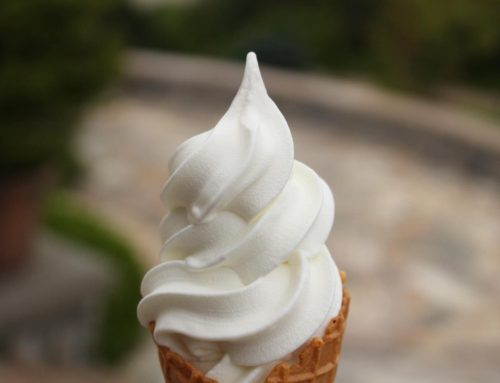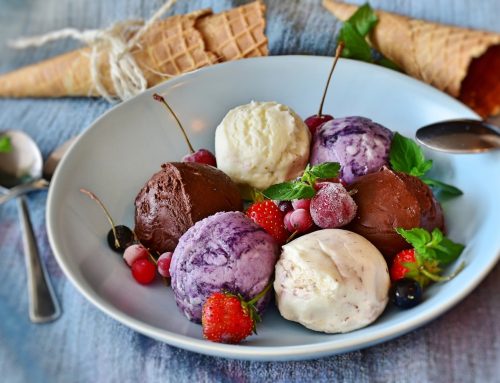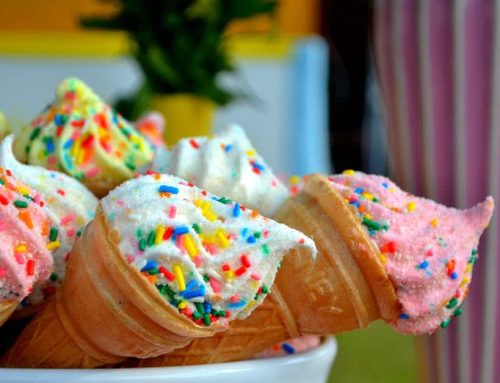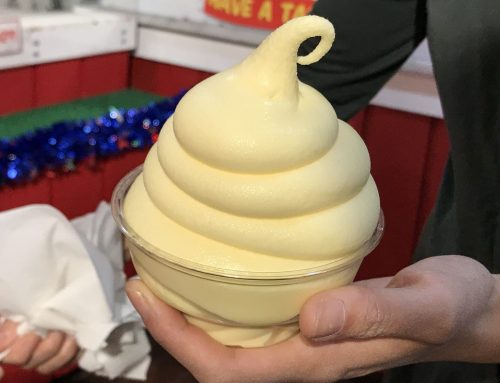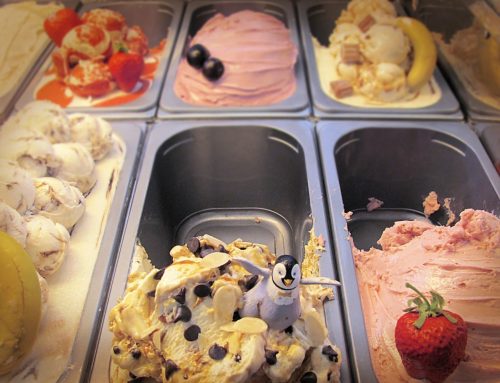How Can Adding Custard to Your Menu Add Revenue?
Before we discuss how adding custard to your menu can help, we need to start at the beginning. If you ask most people what frozen custard is, they may just say it’s a flavor of ice cream or that it’s ice cream that comes from a frozen ice cream machine. They wouldn’t be entirely wrong in giving either of those answers, but that’s only part of the correct answer.
In 1917, a schoolteacher from York, PA named Archie Kohr purchased a locally made ice cream machine that was powered by a gasoline engine. He and his younger brothers, Elton and Lester, wanted to expand the dairy business they ran from the family’s farm. They added fresh homemade ice cream to the milk they delivered door to door with horse-drawn wagon and it was a big hit.
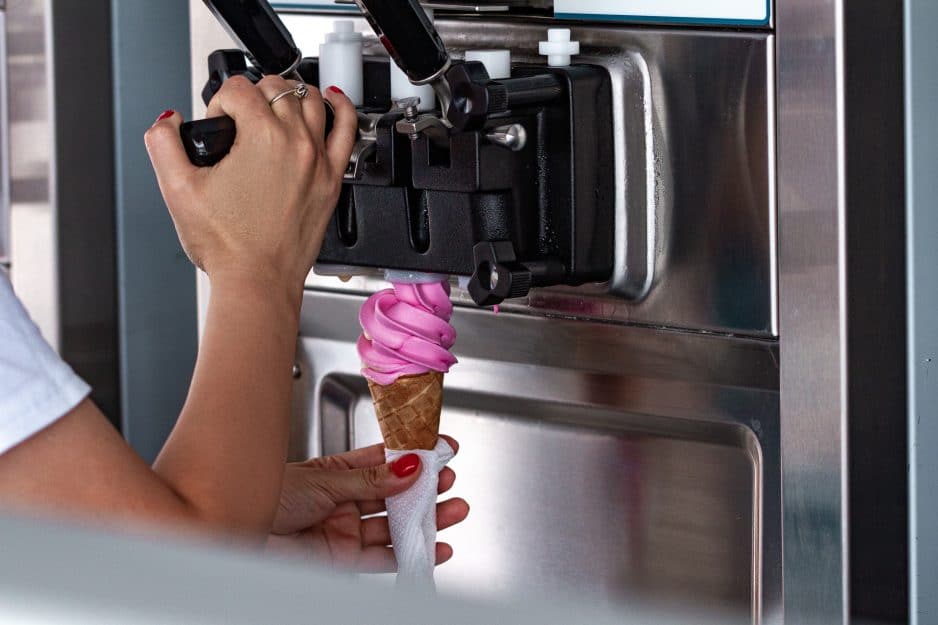
But they were not satisfied with the machine or the end product, so they dismantled the machine, changed and adjusted some parts. Then they experimented with the recipe. In 1919, they took a gamble and opened an ice cream stand on the boardwalk in popular Coney Island. They found that their ice cream was melting too quickly in the hot summer sun and realized that by adding egg yolks to their mixture they could have a product with a thicker, more velvety texture that melted less quickly. The custard had fewer ice crystals than ice cream and required less air in production, meaning a denser product. In their first weekend on the boardwalk they sold an amazing 18,460 cones at a nickel each. This was the first major commercialization of frozen custard.
When the World’s Fair came to Chicago in 1933 a frozen custard stand was the means to introduce this delicious dessert to a wider audience. After the fair, custard’s popularity spread throughout the Midwest and became beloved in particular in Milwaukee, Wisconsin. The city became known as the unofficial frozen custard capital of the world and has the highest concentration of frozen custard shops in the world.
What is the difference between Ice cream and frozen custard?
Granted these two frozen treats are often mistaken for each other, but there are distinct differences.
While both are made from milk and cream, frozen custard is made from milk, cream, and pasteurized egg yolks. Preparation for the frozen treats differs too. Machines that are used to make ice cream churns air into the mixture to make it have a light mouthfeel. But frozen custard is produced in a machine that barely incorporates air into it making it far denser.
Custard comes out in a ribbon of totally frozen dairy product. If you let any ice cream sit without being beaten or agitated while it’s freezing, it’s going to form large ice crystals. With custard, it’s agitated right up to the last second, right up to the point when it’s frozen solid. This renders a frozen concoction that’s completely smooth and with virtually no ice crystals, therefore you don’t get that graininess on the tongue as you get with ice cream. This renders a frozen concoction that’s incredibly smooth with exceedingly small ice crystals. Those crystals are what make ice cream go bad when left sitting in the freezer too long. Most people who try frozen custard find it to be better than ice cream.
So, while all custards can be considered ice cream, not all ice cream can be called custard.
What can you add to the menu if you add a frozen custard machine to your café or restaurant?
The obvious answer is simple cones or cups of custard but what else can you do? By adding a simple, single barrel frozen custard machine, you will have the ability to offer one flavor of custard at a time. But even if you just offer vanilla, there is so much you can do by adding other toppings and mix-ins. Sundaes, malts, shakes, floats, and coffee drinks can bring in that extra income. If you own a café, adding a small tabletop frozen custard machine can bring in people who are seeking something different. Coffee shakes and floats could be big hit. Even concretes can be a simple way to increase your dessert menu and your revenue.
What the heck is a concrete?
Traditionally, a concrete refers to thick frozen custard blended at high speeds and mixed with fruits, candy, cookies, nuts or anything you can think of. It gets the name from the thick, sludgy consistency it has which can be compared to the building material it’s named after. Concretes are often too thick to pull through a straw.
Think about adding things like peppermint candies like Andes mints, Oreo cookies, Nilla Wafers, brownies, nuts, marshmallows, and even granolas and fresh fruits or fruit compotes. Cross utilizing things you may add to pancakes or waffles can be added to the frozen custard in a variety of ways. Keeping fudge and whipped cream on hand might be worth it. You will need a good blender as well but with a small investment, you might find a whole new revenue stream and a way to use food items you already have on hand.
If you own a restaurant, café or even a food truck and would like more information on affordable frozen custard machines and equipment, please consider Lancaster Manufacturing.
Call 877. 356. 6176 or email our founder Tony Carey – tcarey@lancastermanufacturing.com and make an appointment to learn more about how we can get you started in the frozen custard market!

